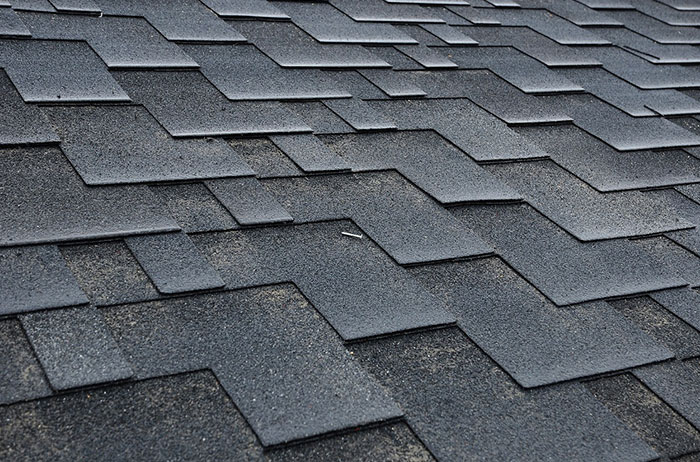As a homeowner, filing an insurance claim for a damaged roof does not need to be as stressful as you think. If you’ve done your due diligence and maintained your roof, purchased the best insurance coverage, and prevented damage to the best of your ability, you’ve done all you can do. If you’re not sure, the first step is to check for damage as soon as it is safe to do so.
When your roof has been damaged due to a freak hail or wind storm that has cause branches or trees to fall, repairs are typically covered by your home insurance policy. If the home is unlivable, you may be covered for additional living expenses. Take note of the damage and don’t delay in taking steps to start your claim as soon as possible.
- If it’s not an emergency, call a roof contractor to perform an inspection of the damage. Avoid filing a claim for a simple roof repair that costs less than your insurance deductible.
- Otherwise, contact your insurance adjustor as soon as you detect damage. Most companies provide 24-hour claims service for your convenience since emergency situations occur. Keep your insurance contact information nearby.
- Try to locate the cause of damage as soon as possible so you can relay the information to your insurance provider. For example, leaks in the ceiling could be caused by a mold problem or by flying debris.
- Be as detailed as possible. You may be required to take photos and measurements, and note dates the damage occurred.
- Talk to your insurance provider about using a contractor or supplier of your own choosing and ensure they respect the insurance terms.
- Request quotes for repairs from certified roofing companies that have experience with insurance claims. The more information you have at your disposal, the better decision you can make in hiring the best roofing contractor.
- Maintain a file for all invoices and receipts for reimbursement.
Insurance companies offer a wide array of water and other damage protection. Policies will typically cover water main breaks, leakage, and water seepage. Accidents happen, so it’s best to review your current home insurance policy. Perhaps roofing material has changed or items have been added since you last insured. Make sure it’s as up-to-date as possible. Discuss all aspects with your insurance agent so you’re aware of deductibles, coverage limitations, exclusions, and replacement values. Better to be informed than unpleasantly surprised by high deductibles or damage not covered by the policy. Also be prepared in the event that you may be required by your insurance provider to take further steps to limit damage to your roof.
Gather the appropriate information and be as specific as possible. Although a time-consuming process, it’s worthwhile to protect your home interests and make your insurance claim go as smoothly as possible.



